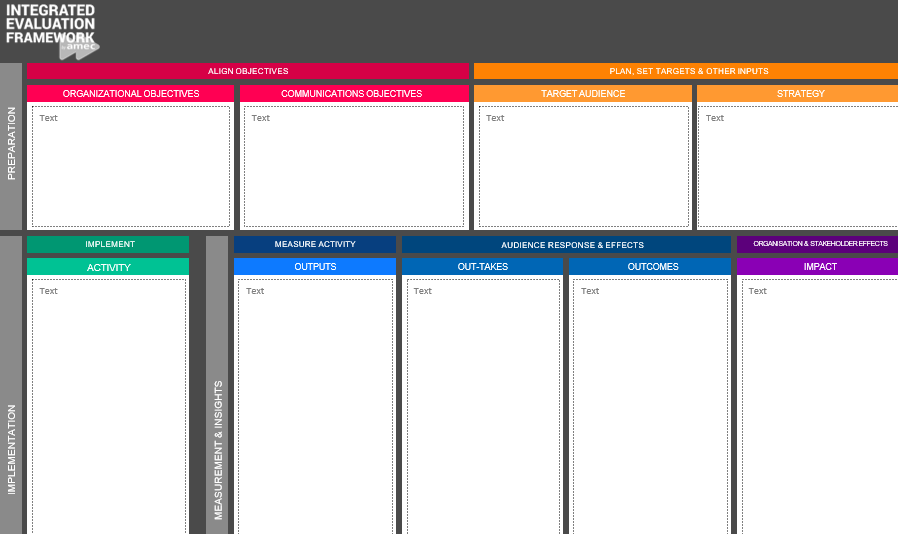Numbers matter but - AVE or AMEC?
- Paula Zbodulja

- Nov 20, 2018
- 2 min read
Updated: Feb 6, 2019

One of the currently most present obstacles that the PR industry is facing has to be measurement. By measurement, I consider all the data and feedback shown through numbers and statistics that, in fact, keep evaluating all the activities that the PR experts do through slightly more tangible information.
In order for clients to get realistic results of the efficiency of the PR departments or agencies, they need reports on data showing how their requests are being strategically fulfilled. Few years back this would be considered as a weakness of public relations, but today more and more professionals use various methods for presenting the effectiveness of their work. I am going to be mentioning two approaches: Advertising Value Equivalency (AVE) and AMEC principles.

According to PR Week (https://bit.ly/2jc0YIW), experts used to take a real ruler and actually measure the space in the newspaper given to their article and than used the information to create the equivalent of advertising in that space. Since then, things have obviously changed as newspapers are not the number one targeted media channel of PR experts anymore, but instead, they are aiming towards coverage in digital forms. This progressive transition has started to question the authenticity of the data collected through AVE. On the one hand, Kathy Wallace claims that ''Going back to a board of directors and saying a PR agency secured coverage with an AVE of £5m, on a budget of £5,000, makes the client look good.'' This can be considered the biggest advantage of AVE.
On the other hand it has some significant disadvantages such as: it's only quantitative, presents PR like only media relations profession, does not take targeted audience in account and similar. This is why PR experts have developed the Barcelona Principles by the international Association for Measurement and Evaluation of Communication or AMEC.
According to AMEC's website: ''Now communication professionals must show the effect that their work has had on the objectives of their respective organisations.''

This is why the professionals from AMEC have developed a new Integrated Evaluation Framework - to help PR specialists all over the world measure their success, in order to navigate them into right direction with their activities and planning. According to the Barcelona Principles, the goal is to reach evaluation through qualitative as well as quantitative data and have social media channels measured in comparison to other media channels.
The sheet above can be found on their website: https://bit.ly/2QUzDLb, and used freely, as well as an upgraded framework with supporting videos and a guide.
Having all these sources there is no excuse for PR professionals not to measure their efficiency and receive a more realistic view of their actions, as well as information that they are obligated through ethics to present and justify to their clients.
More on:
Does PR Work? 7 Ways to Measure its Impact: https://bit.ly/2QFZuFC



Comments